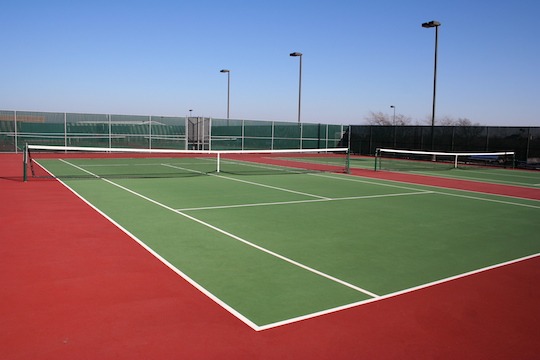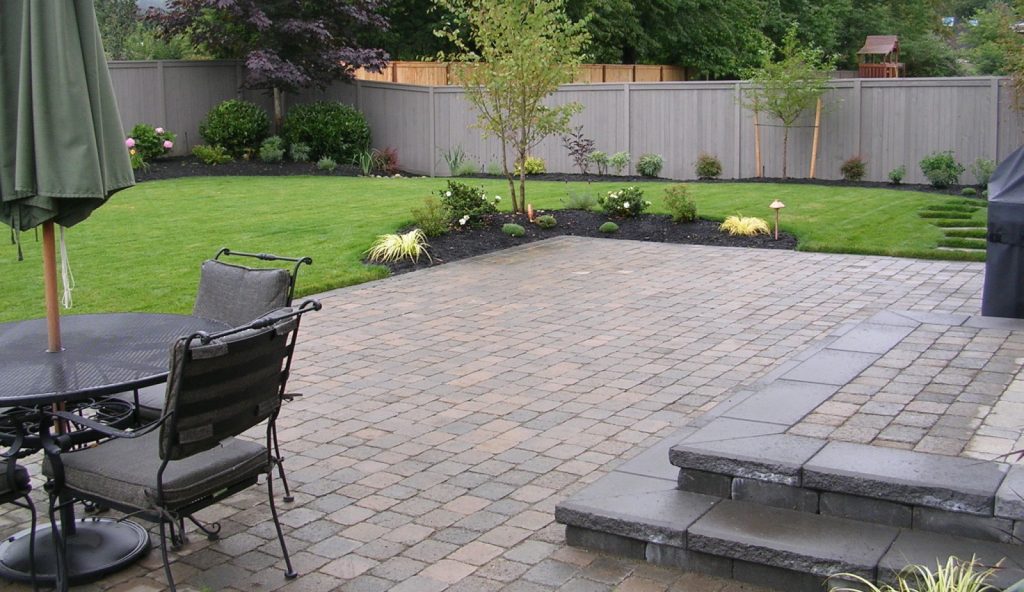The majority of outdoor court sports playing surfaces and running tracks are made with asphalt. It’s under a layer of acrylic, usually, and built to last.
The clay courts at the French Open might get all the buzz, but two things should be clear about the vaunted venues of the tennis Grand Slam: they are not made of the type of clay that gardeners know and hate (they’re made of crushed shale, stone, or brick). Also, other Grand Slam courts are made of other materials.
And to be clear, the reigning kings and queens of tennis are all over the board on what type of surface they prefer: clay (Serena Williams, Rafael Nadal, Andy Murray), grass (Roger Federer, Venus Williams, Johanna Konta), and hard court (Novak Djokovic).
But in fact the tennis courts that most of us amateurs play on are asphalt-based hard courts – about 95% of them. They may not look like the black asphalt we use to pave driveways and highways, and they should be built by different methodologies. But the part that is most visible, and which affects play, is generally covered with an acrylic surface layer, typically with green pigment. Of note, while perceived as somewhat pedestrian, hard courts are nonetheless used at the US Open (Forest Hills, NY) and the Australian Open (Melbourne). The play of the tennis ball on hard courts is faster than, for example, grass (Wimbledon uses perennial ryegrass); this is because grass absorbs much of the ball’s energy.
But to the point of building tennis courts, outdoor basketball courts and running tracks, all usually have an underlayment of asphalt. The construction of each has to be done to the standards of the sport, not just in dimensions but in factors that relate to athletic performance. Also, because many of these facilities are publicly owned by parks departments and public schools, they need to perform with as little maintenance expenses as possible.
This is not a service the average asphalt paving company provides. Sports court construction is a specialized service few asphalt installers are equipped to deliver. When seeking a contractor to design and construct a sports court, find one with a proven record of expertise.
In all cases, the added expense of the acrylic surface over asphalt puts pressure on the contractor to achieve precise planarity (the plane as required by the sport and to achieve rain runoff) and smoothness. This is primarily done with two layers of asphalt – the second corrects for the flaws of the first – over an aggregate (decomposed granite) base. A clay or rock base under that is preferred. When a contractor has to cut into organic (softer) soil to build a tennis court, for example, the earth needs to be compacted first lest there be settling of the court a year or two after installation.
There are specific instructions on how to build tennis, track and basketball courts outside, provided by the American Sports Builders Association. The organization closely tracks development of current and accurate technical information in pursuit of maximum standards of design, construction and maintenance of sports venues.
So indeed the Williams sisters have their preferences for which type of court to play on. But the consistency of quality courts ensures that all future stars of tennis, basketball and track are developing their skills on properly built courts.


